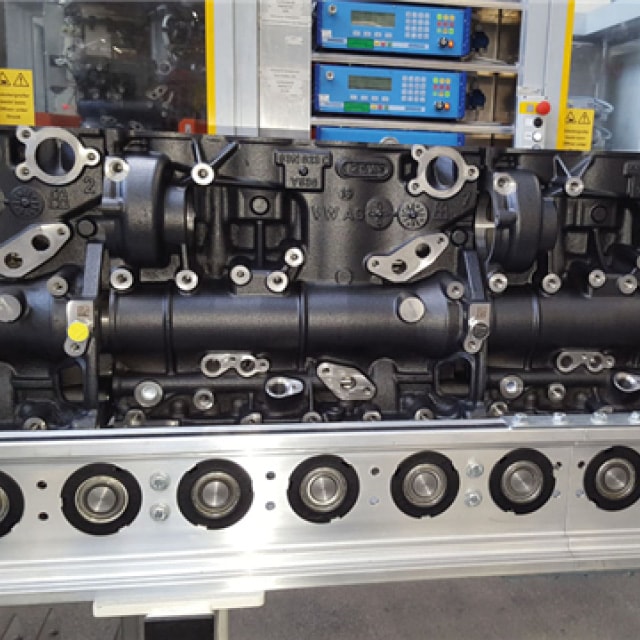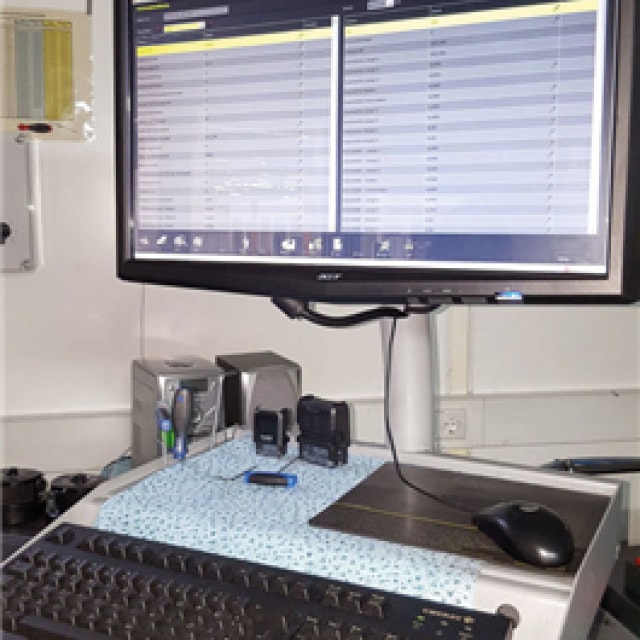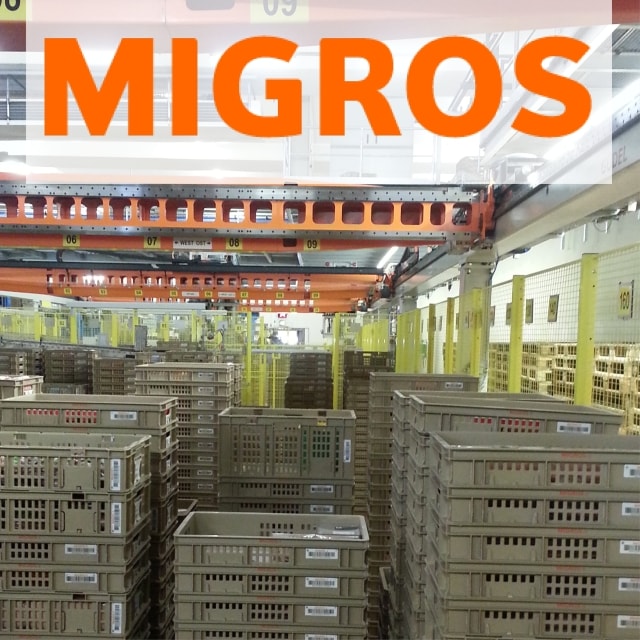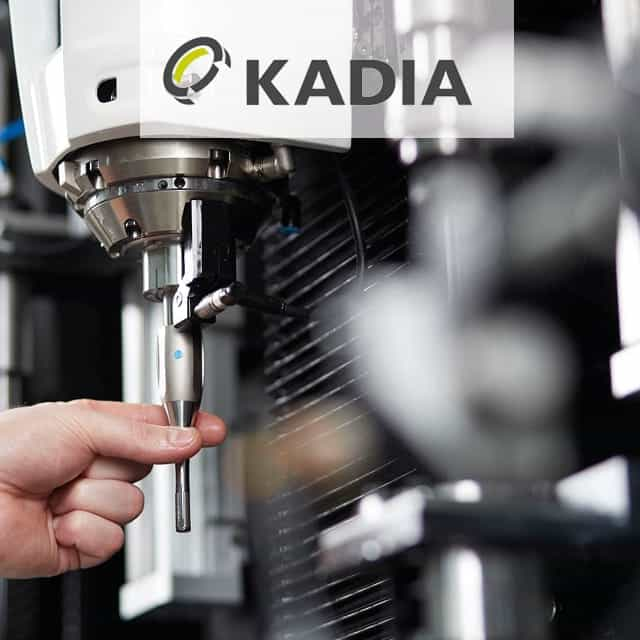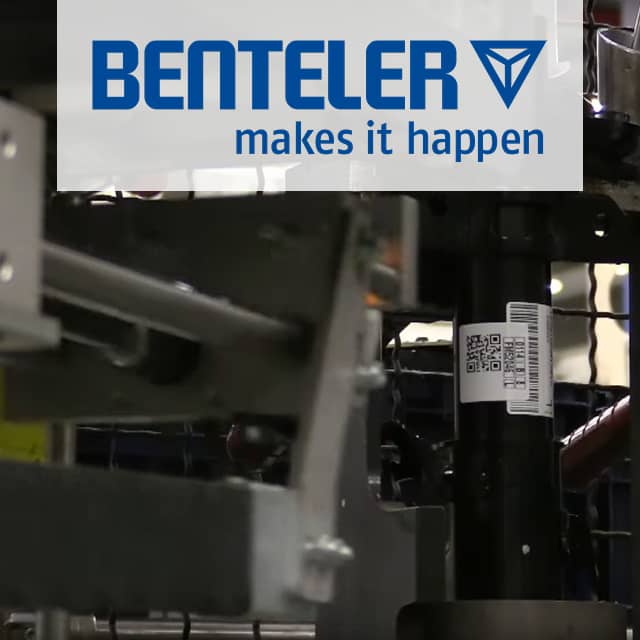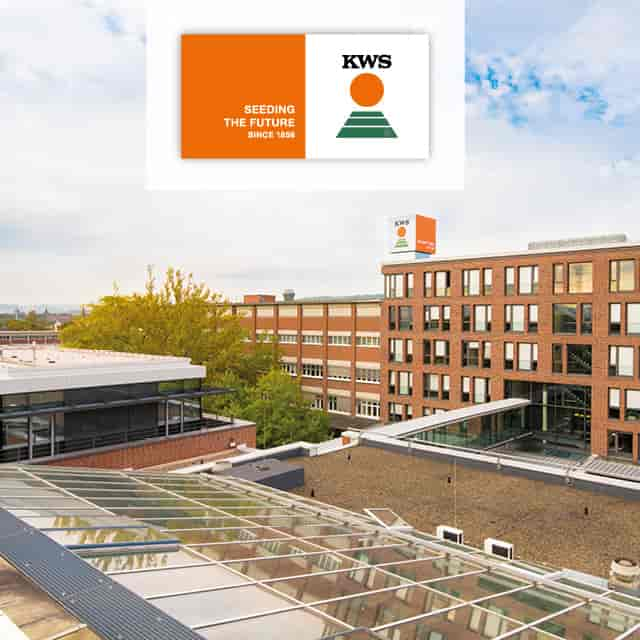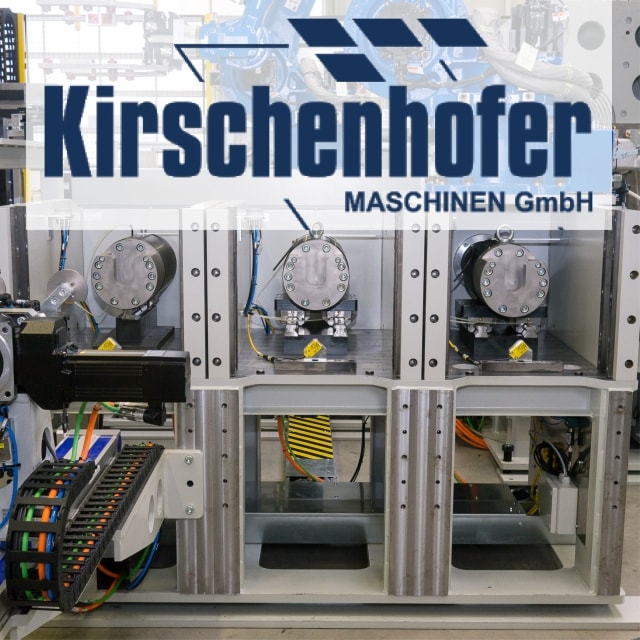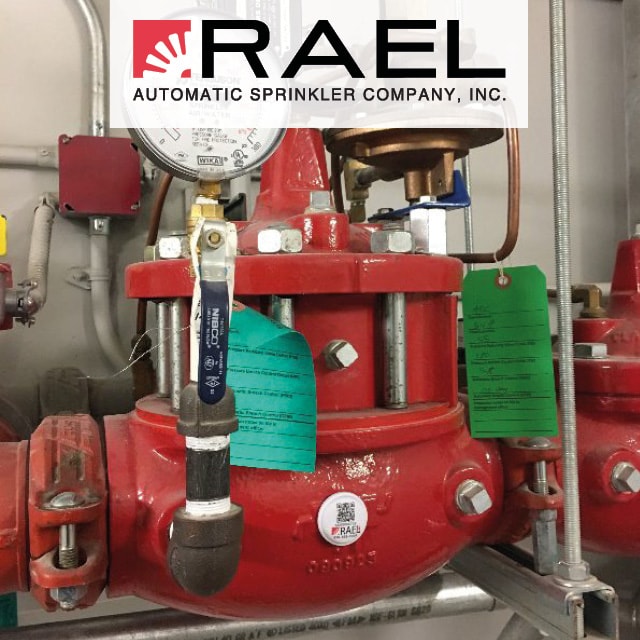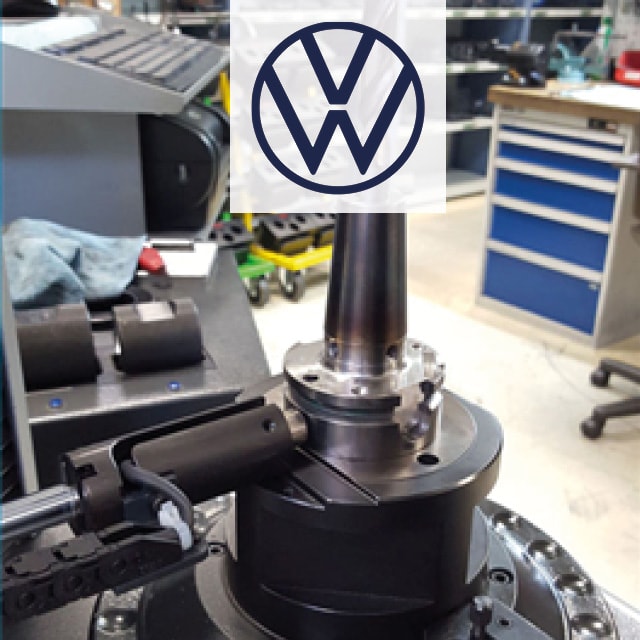
RFID Tool Identification at VW Engine Plant
More than 200 variants of diesel and gasoline engines are produced at the Volkswagen engine plant in Salzgitter. Special tools are used for almost every variant.
In a pilot project at Volkswagen's Salzgitter engine plant, one of the flexible production lines was equipped with RFID-based digital tool coding.
The Volkswagen plant in Salzgitter is the engine control center of the Volkswagen brand and one of the largest of its kind in the world. Around 7,000 petrol and diesel engines for passenger cars and commercial vehicles in in-line, V, VR and W designs are produced here every day. In total, there are over 200 variants, from 3 to 16-cylinder, with capacities ranging from 1.2 to 8.0 liters.
Process Requirements
Automobile manufacturers such as Volkswagen face the challenge of achieving greater product diversification that will have a positive effect for customers by offering a wider range of variants and more product innovations. For manufacturers, this shift implies: smaller production quantities per variant despite the same or often even higher total unit numbers. This transformation also affects engine production. At the Salzgitter plant, the number of different variants is more than 200, which are produced in highly flexible processing centers.
The production lines are each divided into various work sequences. RFID technology was to be tested in one of the more complex work sequences.
This work sequence consists of eight double-spindle processing centers for different drilling, grinding and thread cutting operations. In this area, around 800 tools are permanently stored in the tool magazines on-site.
Since gray cast iron materials are processed and high demands are made on the surface quality at the same time, tool changes are frequent in comparison to other manufacturing and machining processes. According to the tool planners at Volkswagen, a total of over 200 tool change cycles per month are required in this sequence of operations alone.
The time required for this, just for changing the tools on the machines, including the necessary parameter entries in the machine control system, is estimated at up to 30 or more working hours per month. This also includes the manual logging of tool service life, for example, on the respective tool cards when tools are removed from the machines.
Objective
- Monitoring the large number of required changes of chipping tools
- Minimizing changeover times
- Increasing production numbers even though batch size has been reduced
- Automated storage of data on the tool itself instead of on tool cards
Solution
A total of approximately 3,000 tools with an RFID data carrier were installed at 16 processing centers throughout the entire production process. The HF RFID tags in the tool holders replace the tool cards. This saves the manual entry of tool data into the machine control system.
HF RFID read/write heads have been integrated into processing machines and presetting devices which detect each tagged tool holder unambiguously and which write tool-relevant information concerning tool life and much more unmistakably on the data carrier before the tool is removed.
Each tool is recorded in the presetting device during the measuring process. The complete tool data is written contactlessly to the RFID data carrier in the tool holder. When a tool is brought to the machine for changeover, it is placed in a reading station on the outside of the machine to transfer the tool data to the machine control. A further read/write head in the tool magazine of the machine links this data with the respective magazine location. In return, data such as running times are written back.
Overall, Volkswagen estimates that the amortization of the investment in RFID-based tool management will take 19 months.
Technology Partner
Advantages
- Each tool is identified reliably and with full traceability
- Input errors are avoided both when inserting and replacing the tools
- Tool data is stored completely, error-free and unmistakably
- Paperless tool information is realized
- Tool utilization is optimized
- No possibility of mix-ups
- Directly integrated into the machine control
- Error analyses can be carried out and causes can be narrowed down
Outlook
- Implementation of possible analyses of different wear behavior of multi-stage tools
- Merging of tool data with work piece and process data in order to detect anomalies during processing in connection with component variants and to trace their properties back to the casting house.
Learn More
Questions? Get in contact with the editorial team!
Technologies
Application Fields


